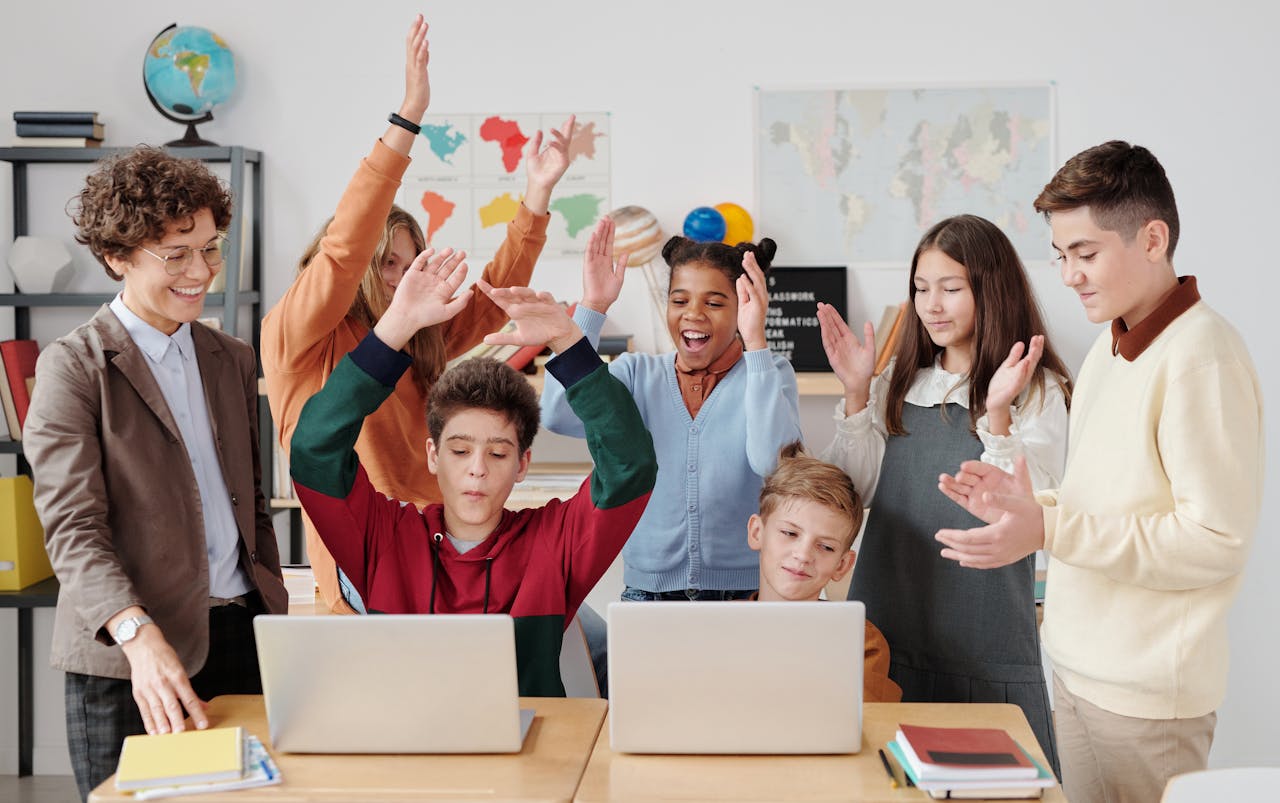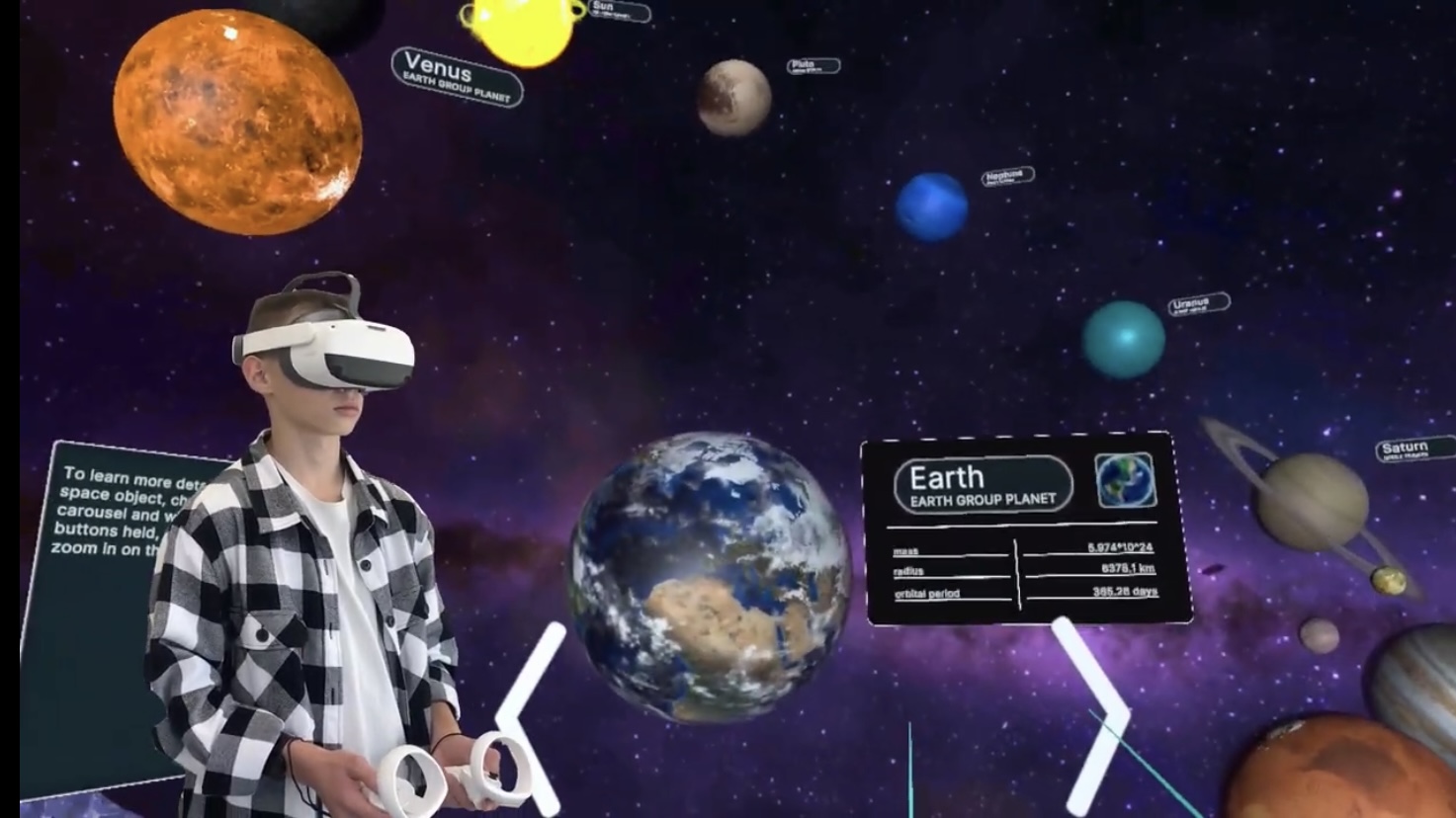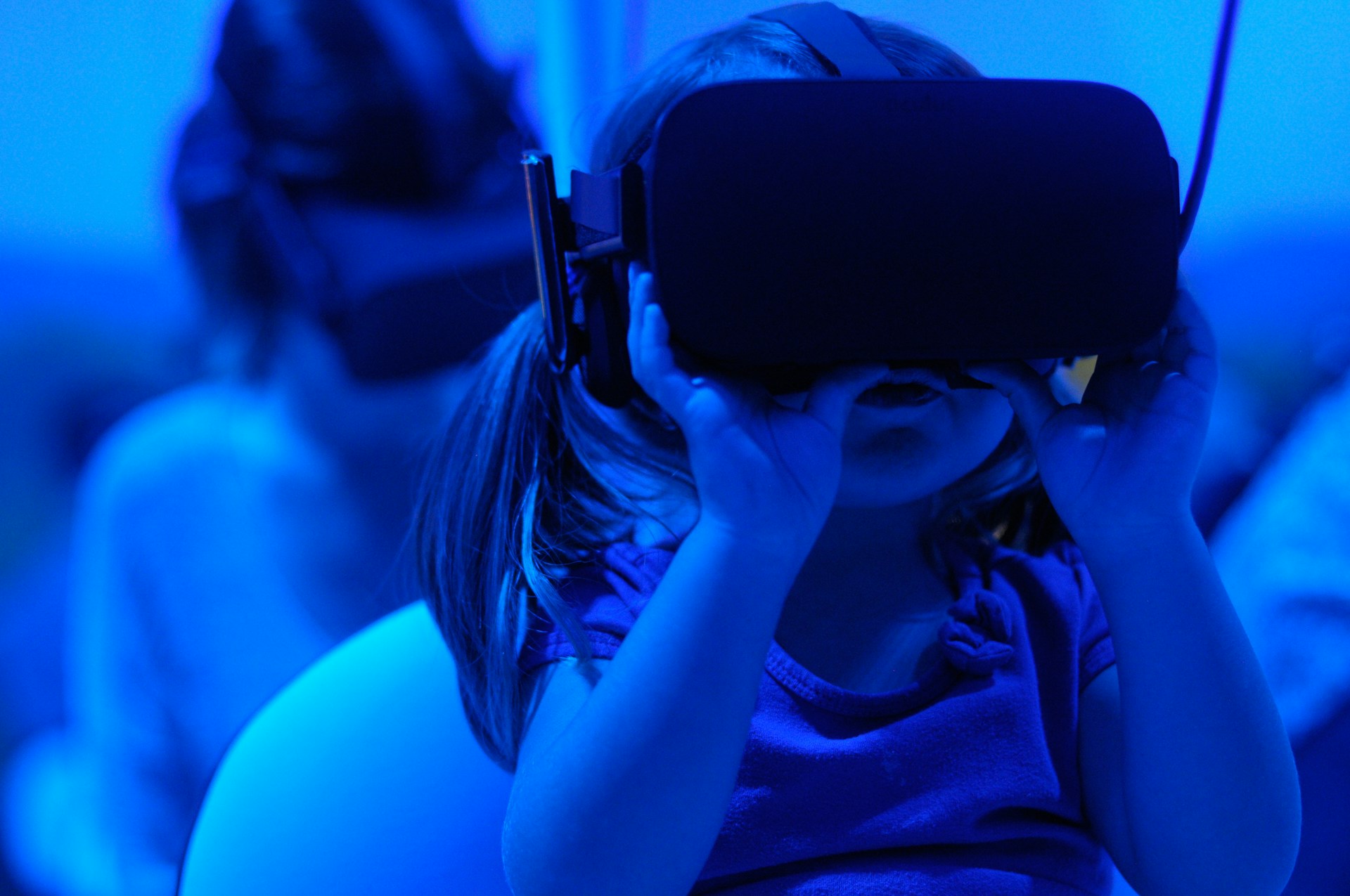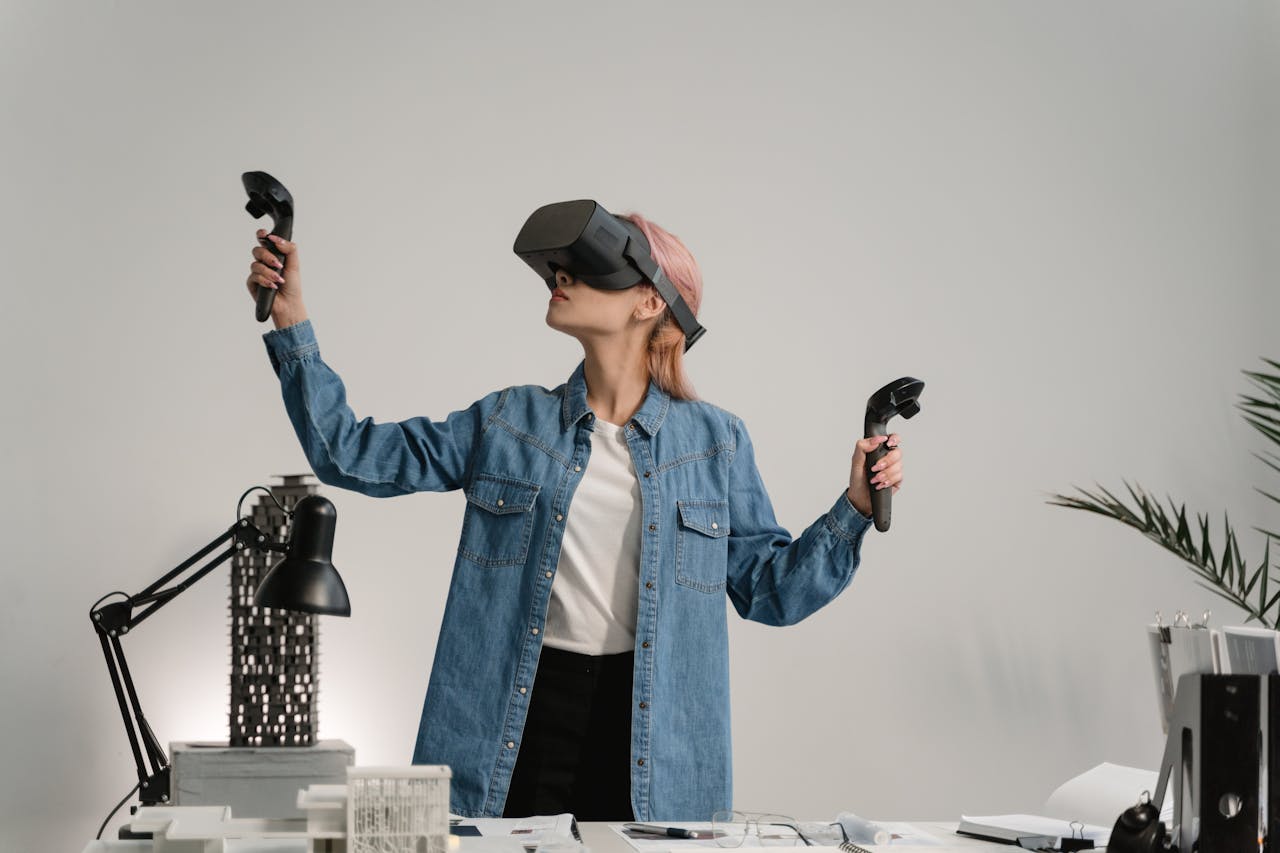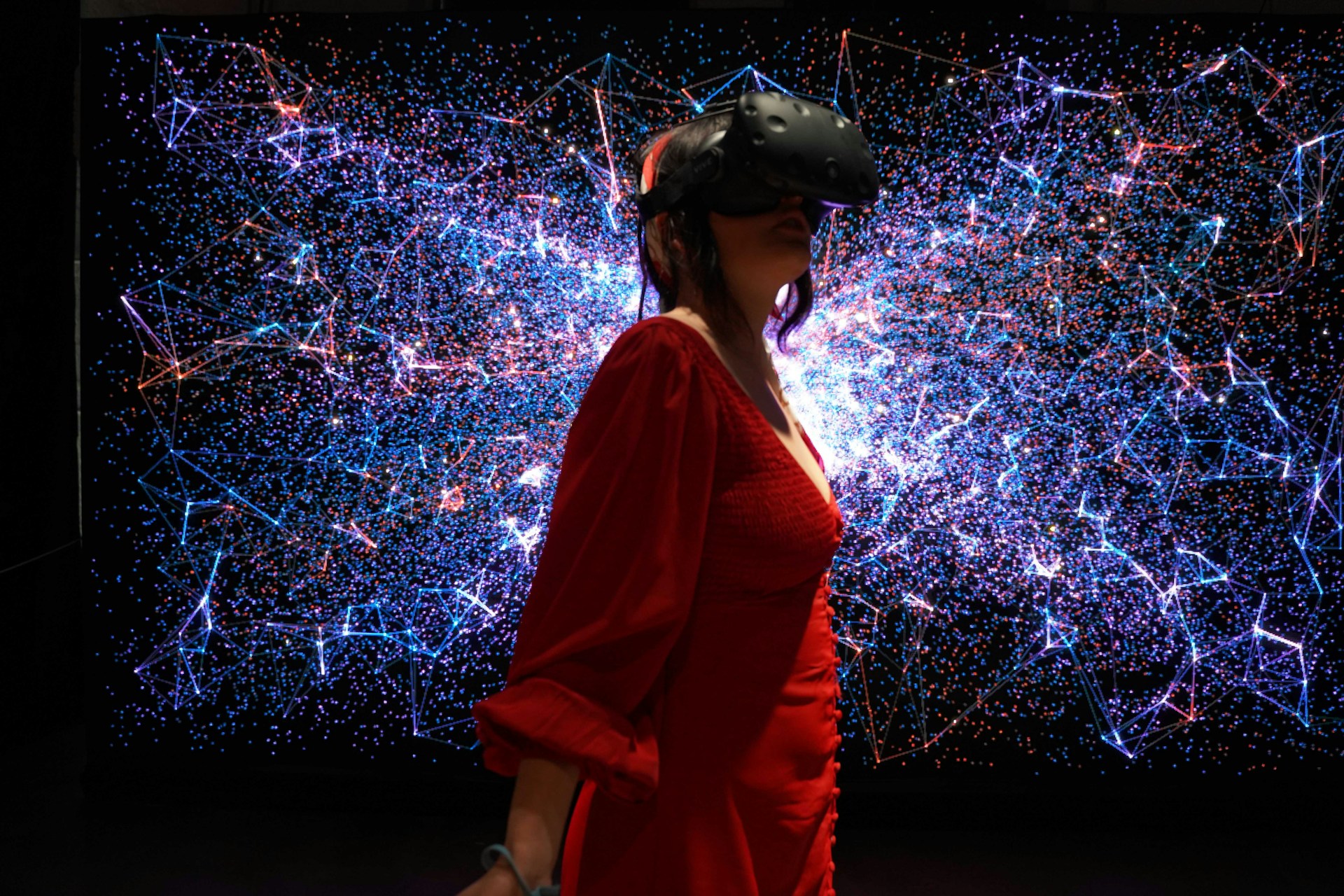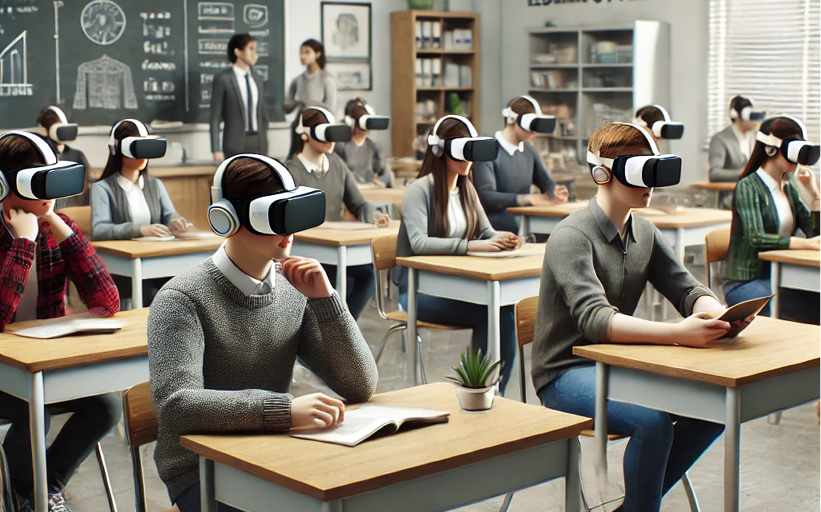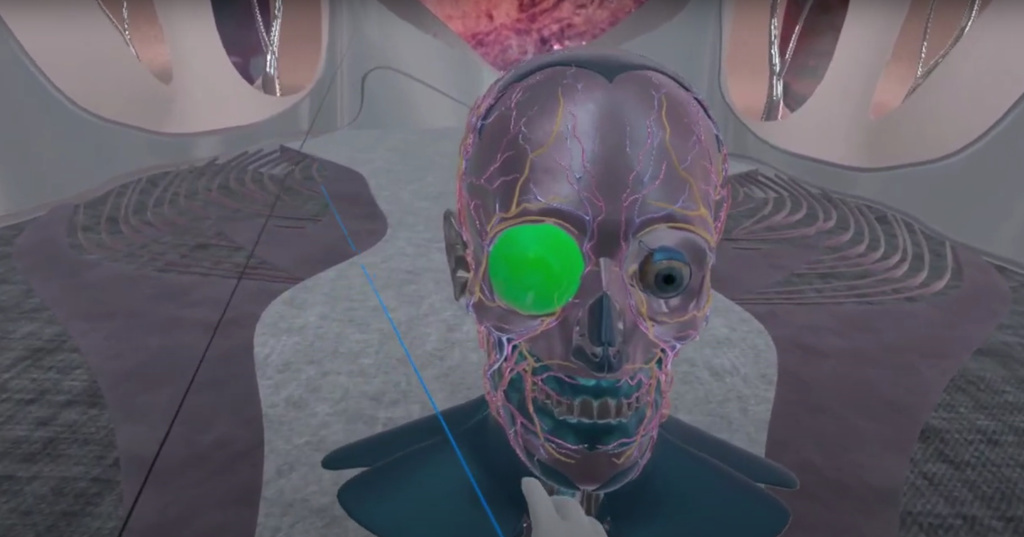
More educators are looking for better ways to teach organ structure, and XReady Lab’s latest article on LinkedIn is gaining attention. It recently reached page 3 on Google, reflecting the growing interest in innovative learning tools.
One of the biggest challenges in biology is teaching human eye anatomy. The eye is a complex internal organ that students can’t dissect in class, yet it plays a key role in many lesson plans worldwide. This is where virtual reality comes in, offering a hands-on way to explore anatomy like never before.
Why the Human Eye Is Tough to Teach
In standard school curricula, learners often spend multiple lessons studying the inner workings of the human eye. The challenge lies in the fact that real dissections of a human-eye are generally off-limits for ethical and legal reasons. As a result, teachers resort to two-dimensional diagrams or static plastic models:
2D Diagrams: While they show basic structures, they do not provide the three-dimensional depth needed to appreciate the layered architecture of the eye.
Static Models: Typical plastic eyes come assembled as a complete organ, showing only a “ready-made” version. They lack dynamic features like adjusting the pupil or modifying lens curvature in real time.
This gap in hands-on learning can leave students with only a superficial grasp of eye anatomy, especially for courses such as human-eye Cambridge curriculum, human-eye IB, or human-eye AP biology.
The Demand for Interactive Learning
Educators have long called for interactive lessons that link concepts from biology with physics. For example, understanding how light rays refract inside the lens or how the pupil reacts to changes in brightness ties into STEM-lab objectives. Bridging biology with optics can deepen comprehension, but achieving this link typically requires specialized equipment—something most schools do not have.
Virtual Solutions: Building the Human Eye Step-by-Step
https://youtu.be/p4MofcAPlV8
XReady Lab’s “Structure of the Eye” application answers this demand by allowing students to assemble the organ gradually, like a puzzle. Instead of seeing dozens of parts at once, learners start with three basic layers and modify them to form structures like the cornea, iris, and lens. Each adjustment is reflected in real time:
Three Shells: These form the base, mirroring the sclera, choroid, and retina.
Incremental Additions: The cornea and iris emerge from layering changes in the outer shell.
Focusing Mechanism: A lens is added, enabling refraction of incoming light.
By witnessing these stages, students achieve sequential understanding — a major leap from static models.
Why Real-Time Feedback Matters
Many teachers aim to incorporate concepts from physics into eye anatomy. That’s where technology in schools helps students visualize lens curvature, pupil diameter, and how each variable alters the path of light:
Light Intensity: Students see how a contracted pupil reduces light entry while a dilated pupil allows more.
Lens Curvature: Subtle shifts illustrate how images form for near or distant objects, connecting biology to optical concepts.
Beam Tracing: Rays of light are displayed crossing the lens and hitting the retina, solidifying “learning in VR” with real-time visual cues.
These features encourage a deeper understanding of eye anatomy 3D concepts, vital for classes governed by human-eye National curriculum in England, human-eye Indian curriculum CBSE, or human-eye Scuola secondaria in Italia.
Curricular Coverage in Multiple Regions
[caption id="attachment_1947" align="alignnone" width="1024"] XReady Lab VR education: VR Human Eye Anatomy laboratory[/caption]
The application aligns with various standards:
Cambridge (Biology): For sense-organs or IGSCE frameworks, it shows how the eye functions in real scenarios.
IB (International Baccalaureate): Enriches perception-of-stimuli lessons with immersive tasks.
National Curriculum of the Netherlands: Suitable for VMBO, HAVO, or VWO when studying “Oog.”
Italian Secondary Schools: Matches both first and second grade levels exploring “Occhio umano.”
These specific uses demonstrate how technology-based solutions satisfy regional guidelines and unify advanced teaching methods around the globe.
Extending Engagement Beyond Traditional Labs
[caption id="attachment_1948" align="alignnone" width="1024"] XReady Lab VR education: VR Human Eye Anatomy laboratory[/caption]
XReady Lab’s software is part of a broader education virtual-reality package that blends biology with physics in a digital-classroom environment. The goal is to enhance learning while preserving safety and accessibility. Rather than dissecting real organs or importing expensive equipment, educators can utilize the system’s user-friendly interface to run interactive classroom activities.
Advantages for Students and Teachers
Hands-On Learning: Practical tasks without any messy or ethically complex procedures.
Deeper Understanding: Real-time changes in lens curvature and pupil diameter highlight the benefits of virtual reality in education.
Linked to STEM: The program covers not only human-eye lesson plan details but also merges physical optics and general science.
Tying It Back to STEM
Although the focus here is eye anatomy, the software connects naturally to VR-physics labs or VR-chemistry modules, enabling more comprehensive STEM-lab experiences. Lessons can integrate tasks like measuring light refraction or analyzing the role of reflection in vision, bridging biology with the fundamentals of physics.
Future Prospects
School systems that once relied on plastic demos now see the benefits of virtual reality in classrooms. Students immersed in a digital environment can see, tweak, and better remember the steps that transform a few layers into a fully functional human-eye structure.
Sequential Understanding: Pupils build the organ incrementally, reinforcing knowledge at each stage.
Cross-Disciplinary Learning: The system introduces a “what if” approach, letting learners manipulate light intensity or lens shape, bridging two sciences in one session.
Ethical & Safe: No real organs are used, removing ethical dilemmas. This approach also ensures far less cost and logistical planning than real dissections.
In short, the interactive methodology entices teachers who seek creative ways to incorporate more advanced forms of learning in the digital era.
Conclusion
An “exciting immersion into the study of eye anatomy” is no longer a distant ideal. With sequential tasks and real-time feedback, the structure of the eye becomes truly tangible. The approach surpasses standard plastic models by offering deeper exploration, bridging concepts from multiple sciences, and motivating students to engage with complex material.
XReady Lab’s solutions are shaping what human-eye lesson plans can look like in the digital-classroom age—helping educators overcome limitations of traditional methods and inspiring students to see biology in a new, more dynamic light.
Schools seeking more advanced interactive content can explore the free demo package featuring lessons in biology and physics. It’s a practical way to discover how immersive learning fosters motivation and clarity, ultimately transforming the educational experience.
